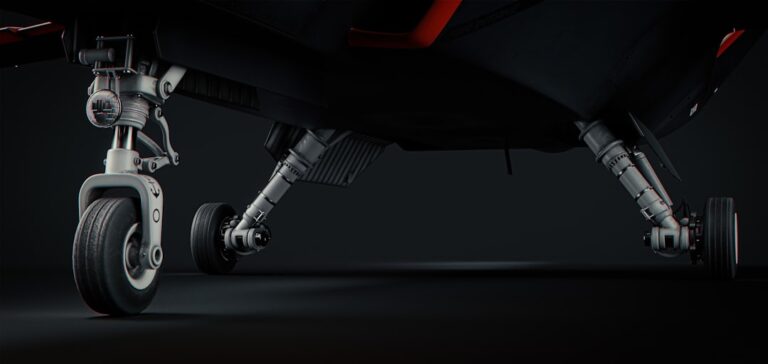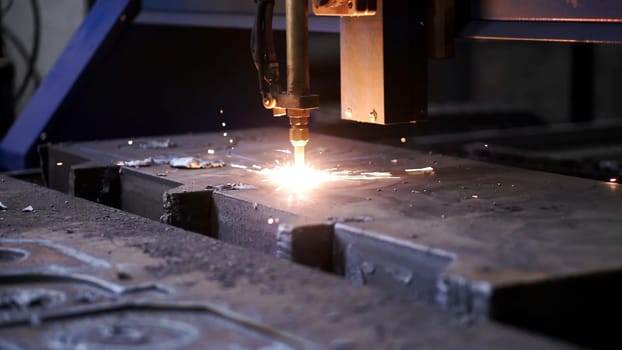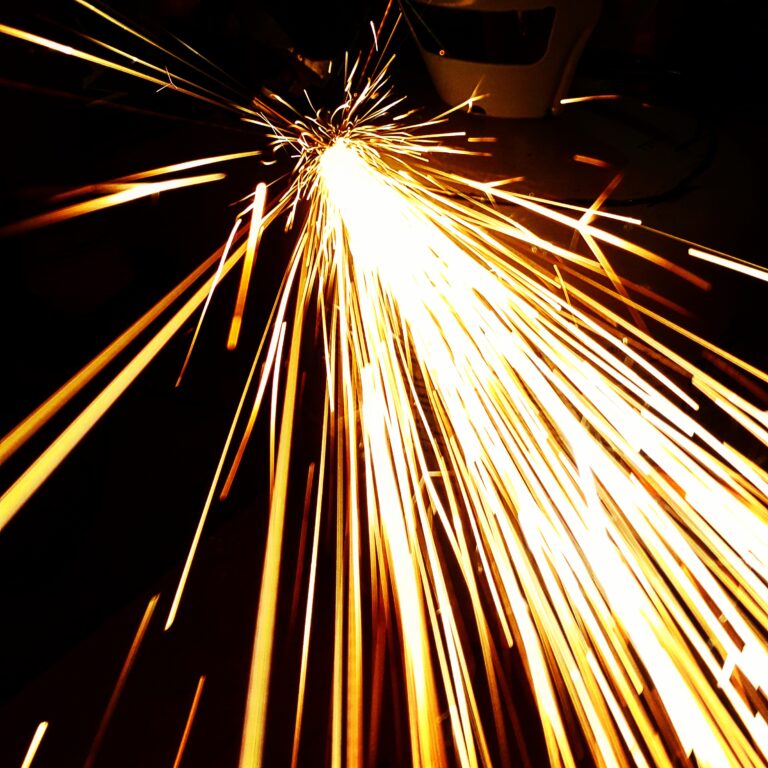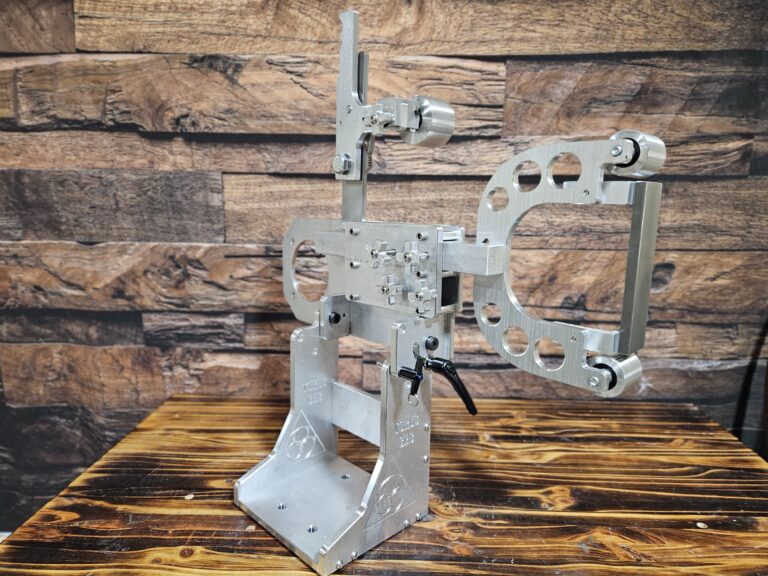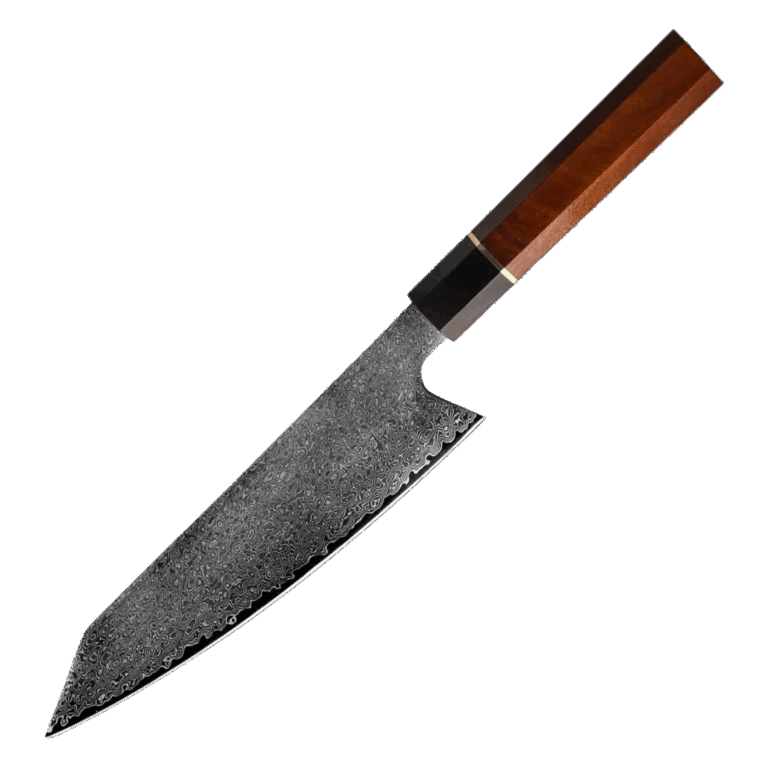Computer Numerical Control (CNC) technology has revolutionized the landscape of manufacturing and fabrication. By integrating computer systems with machine tools, CNC allows for the precise control of machinery through programmed commands. This technology has transformed traditional manufacturing processes, enabling the production of intricate designs and components with unparalleled accuracy.
The evolution of CNC technology has not only streamlined operations but has also opened new avenues for innovation in various industries, including automotive, aerospace, and metalworking. At the heart of CNC technology lies the ability to automate complex tasks that were once labor-intensive and time-consuming. With the advent of sophisticated software and hardware, manufacturers can now create detailed blueprints that guide machines in executing precise movements.
This level of automation minimizes human error and enhances productivity, making CNC an indispensable tool in modern fabrication. As industries continue to embrace this technology, the potential for growth and advancement remains vast, paving the way for a future where precision and efficiency are paramount.
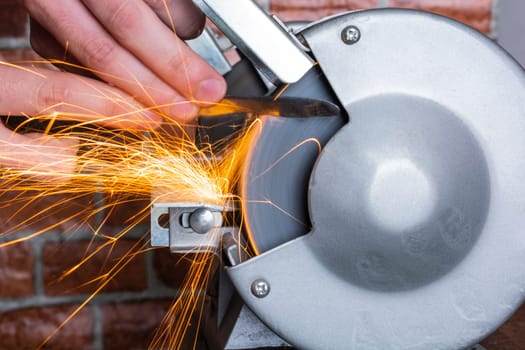
Key Takeaways
- CNC technology revolutionizes manufacturing by automating processes and increasing precision.
- Digital precision offers benefits such as increased efficiency, reduced waste, and improved quality control.
- Manual fabrication has limitations in terms of precision, consistency, and efficiency compared to CNC technology.
- CNC technology significantly improves manufacturing efficiency by reducing production time and costs.
- CNC technology enables customization and complex designs that are difficult to achieve through manual fabrication alone.
- Skill and craftsmanship are still important in manual fabrication, but CNC technology complements these qualities.
- The future of CNC technology in fabrication industries is promising, with continued advancements and integration into various processes.
- Finding the right balance between digital precision and manual fabrication is crucial for optimizing efficiency and quality in manufacturing.
The Benefits of Digital Precision
One of the most significant advantages of CNC technology is its ability to deliver digital precision. Unlike manual methods, where human error can lead to inconsistencies, CNC machines operate based on exact specifications programmed into their systems. This precision ensures that each component produced meets stringent quality standards, which is particularly crucial in industries where tolerances are tight and performance is critical.
The ability to replicate designs with exactitude means that manufacturers can produce large quantities of parts without sacrificing quality. Moreover, digital precision allows for rapid prototyping and iterative design processes. Engineers and designers can quickly modify their designs in software, reprogram the CNC machine, and produce new prototypes in a fraction of the time it would take using traditional methods.
This agility not only accelerates product development cycles but also fosters innovation by enabling designers to experiment with complex geometries and features that would be challenging to achieve manually. As a result, businesses can respond more swiftly to market demands and stay competitive in an ever-evolving landscape.
The Limitations of Manual Fabrication
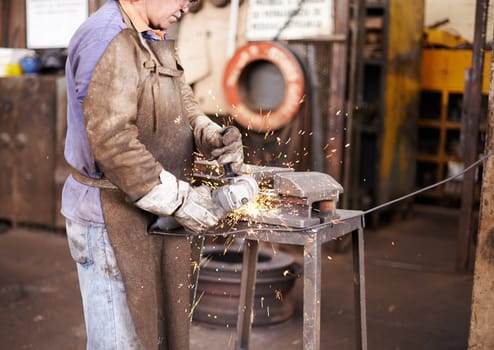
While manual fabrication has its merits, it is often limited by the capabilities of human skill and endurance. Craftsmen may possess exceptional talent, but their work is inherently subject to variability due to fatigue, distraction, or even slight miscalculations. This variability can lead to inconsistencies in the final product, which can be detrimental in industries where precision is non-negotiable.
Additionally, manual methods can be time-consuming, requiring significant labor hours to produce even simple components. Furthermore, as designs become more complex, the limitations of manual fabrication become increasingly apparent. Intricate shapes and detailed features that are easily achievable with CNC technology may pose significant challenges for manual fabricators.
The need for specialized tools and techniques can further complicate the process, leading to increased costs and longer lead times. In a competitive market where efficiency and speed are critical, these limitations can hinder a business’s ability to meet customer demands effectively.
The Impact of CNC on Manufacturing Efficiency
| Metrics | Impact |
|---|---|
| Reduced Production Time | Decreased setup and machining time |
| Improved Accuracy | Tighter tolerances and precise cuts |
| Increased Productivity | More parts produced in less time |
| Cost Savings | Less material waste and lower labor costs |
| Flexibility | Ability to produce complex shapes and designs |
CNC technology has had a profound impact on manufacturing efficiency across various sectors. By automating processes that were once labor-intensive, CNC machines significantly reduce production times while maintaining high levels of accuracy. This efficiency translates into lower operational costs and increased output, allowing manufacturers to scale their operations without compromising quality.
The ability to run machines continuously, often unattended, further enhances productivity by maximizing machine utilization. In addition to improving speed and output, CNC technology also streamlines workflow within manufacturing facilities. With precise programming, machines can execute multiple operations in a single setup, reducing the need for manual intervention and minimizing downtime between processes.
This integrated approach not only optimizes resource allocation but also enhances overall production planning. As a result, businesses can achieve higher throughput rates while maintaining flexibility to adapt to changing market conditions.
The Role of CNC in Customization and Complex Designs
CNC technology plays a pivotal role in enabling customization and the creation of complex designs that were previously unattainable through traditional methods. With advanced software capabilities, designers can create intricate models that push the boundaries of creativity and functionality. CNC machines can then translate these digital designs into physical products with remarkable fidelity, allowing for a level of customization that meets specific customer needs.
This capability is particularly valuable in industries such as aerospace and automotive manufacturing, where bespoke components are often required. The ability to produce tailored parts quickly and accurately not only enhances customer satisfaction but also fosters innovation within product development. As businesses increasingly seek to differentiate themselves in crowded markets, CNC technology provides the tools necessary to create unique offerings that stand out from the competition.
The Importance of Skill and Craftsmanship in Manual Fabrication
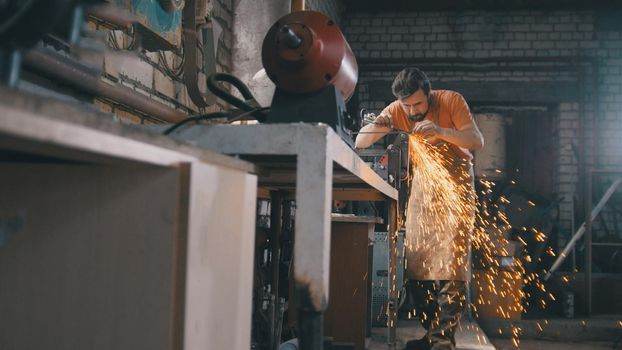
Despite the advancements brought about by CNC technology, the importance of skill and craftsmanship in manual fabrication cannot be overlooked. Skilled artisans bring a wealth of knowledge and experience that informs their work, allowing them to make nuanced decisions that machines may not be able to replicate. The tactile nature of manual fabrication fosters a deep understanding of materials and techniques that can enhance the quality of the final product.
Moreover, manual fabrication often embodies a sense of artistry that is difficult to achieve through automation alone. Craftsmen can infuse their work with personal touches and unique characteristics that reflect their individual style and expertise. This human element adds value to products that may be lost in mass production environments dominated by machines.
As such, while CNC technology offers unparalleled precision and efficiency, the artistry of manual fabrication remains an essential aspect of many industries.
The Future of CNC Technology in Fabrication Industries
The future of CNC technology in fabrication industries appears bright as advancements continue to emerge at a rapid pace. Innovations such as artificial intelligence (AI) integration and machine learning are poised to enhance CNC capabilities further by enabling machines to learn from past operations and optimize their performance over time. This evolution will likely lead to even greater levels of efficiency and precision, allowing manufacturers to push the boundaries of what is possible.
Additionally, as sustainability becomes an increasingly pressing concern across industries, CNC technology offers opportunities for more environmentally friendly practices. By optimizing material usage and reducing waste through precise cutting techniques, manufacturers can minimize their environmental footprint while maintaining productivity. As businesses strive to meet both economic and ecological goals, CNC technology will play a crucial role in shaping a more sustainable future for fabrication industries.
Finding the Right Balance Between Digital Precision and Manual Fabrication
As industries navigate the complexities of modern manufacturing, finding the right balance between digital precision offered by CNC technology and the artistry inherent in manual fabrication is essential. Each approach brings unique strengths to the table; thus, a hybrid model that leverages both can yield optimal results. By combining the efficiency and accuracy of CNC with the creativity and craftsmanship of skilled artisans, businesses can create products that are not only precise but also imbued with character.
This balance allows manufacturers to cater to diverse customer needs while maintaining high standards of quality. For instance, while CNC machines can handle large-scale production runs with ease, skilled craftsmen can focus on creating bespoke items or intricate details that require a human touch. Embracing both methodologies enables companies to remain competitive while honoring the rich traditions of craftsmanship that have shaped their industries for generations.
In conclusion, as we look toward the future of fabrication technologies, it is clear that both CNC technology and manual fabrication have vital roles to play. By understanding their respective strengths and limitations, businesses can harness the power of both approaches to drive innovation and excellence in manufacturing.
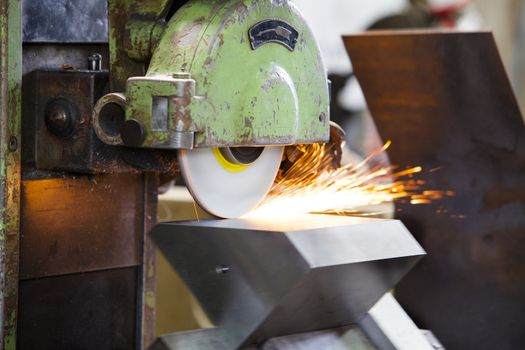
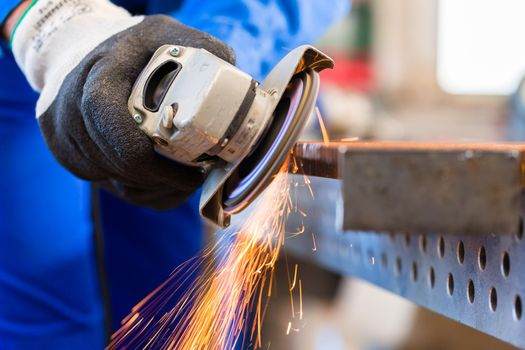
FAQs
What is CNC?
CNC stands for Computer Numerical Control, which is a manufacturing process that uses computerized controls and machine tools to automate the fabrication of parts and products.
How does CNC eliminate human error?
CNC eliminates human error by using digital precision and automation to execute manufacturing processes. This reduces the reliance on manual labor and minimizes the potential for mistakes caused by human factors such as fatigue, inaccuracy, or inconsistency.
What are the advantages of CNC over manual fabrication?
CNC offers several advantages over manual fabrication, including higher precision, faster production times, greater consistency, and the ability to produce complex shapes and designs that may be difficult or impossible to achieve manually.
How does CNC technology work?
CNC technology works by using computer-aided design (CAD) software to create a digital model of the part or product to be fabricated. This digital model is then translated into a set of instructions that control the movements and operations of the CNC machine, which carries out the fabrication process with high precision and accuracy.
What industries benefit from CNC technology?
CNC technology is widely used in industries such as aerospace, automotive, electronics, medical devices, and metalworking, where precision and efficiency are critical for the production of high-quality parts and products.


